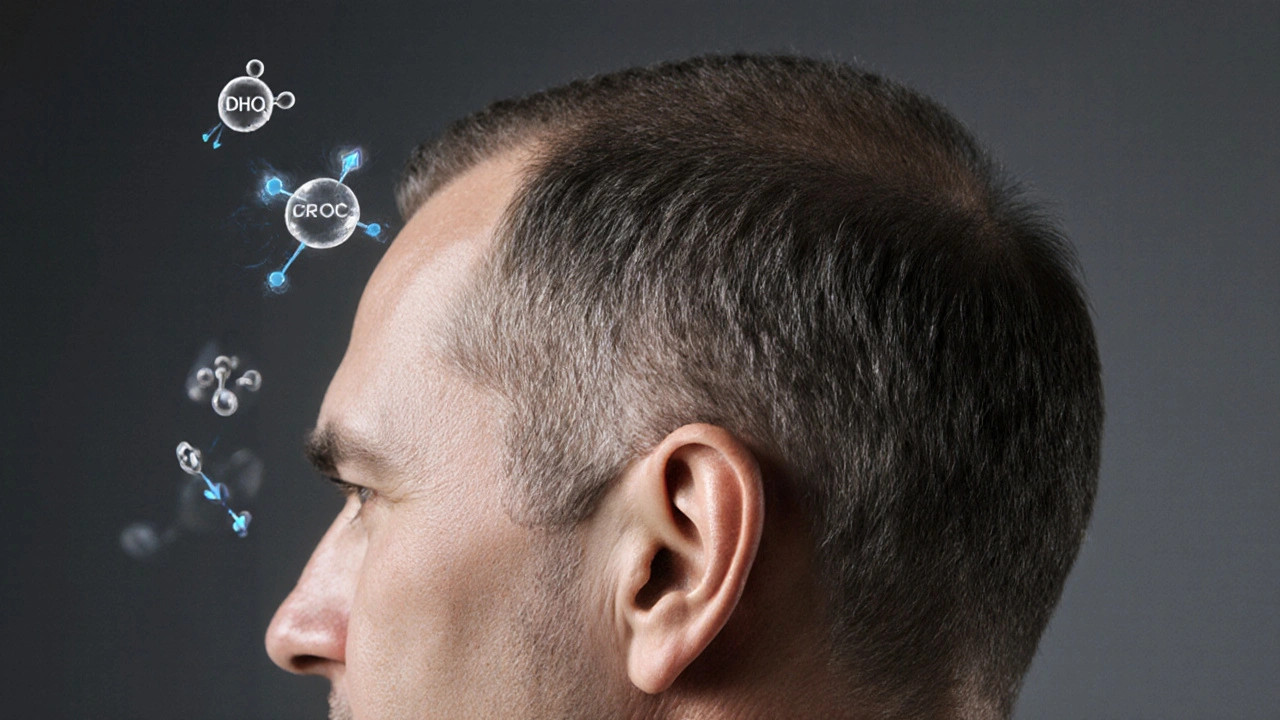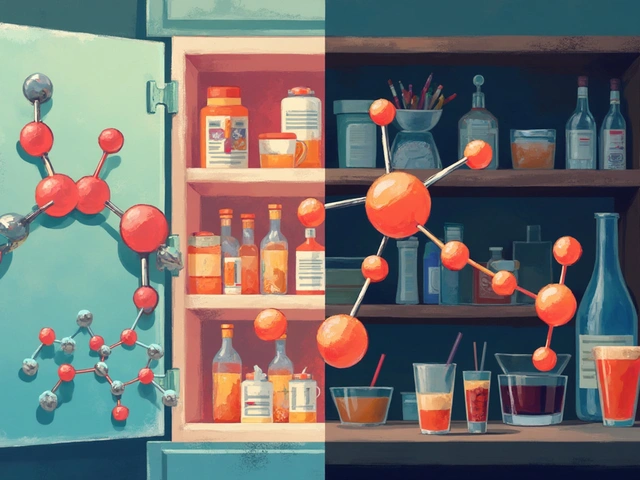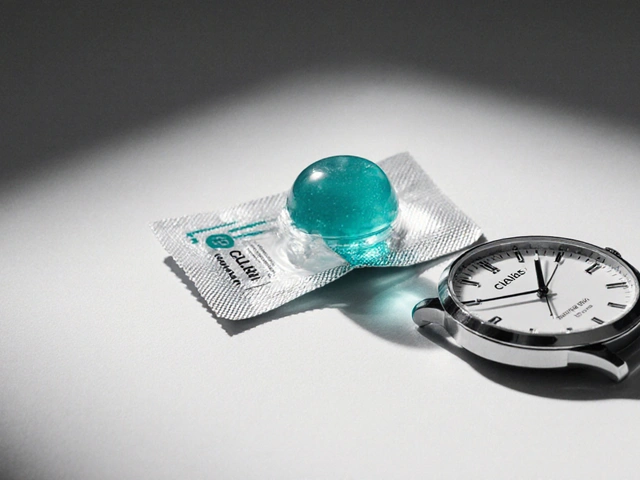Aging Hair Loss: Causes, Treatments & Solutions
When dealing with Aging Hair Loss, the gradual thinning of hair that commonly occurs as people get older. Also known as age‑related hair thinning, it often results from a mix of genetic, hormonal, and nutritional factors. One major form is male pattern baldness, a genetically driven thinning that starts at the temples and crown, while female hormonal changes, fluctuations in estrogen and progesterone during menopause that trigger diffuse shedding add extra pressure. Effective therapy often relies on minoxidil, a topical vasodilator approved for hair regrowth, and fixing nutritional deficiencies, lack of iron, vitamin D, or biotin that weakens hair follicles. If you’re searching for practical steps to tackle aging hair loss, keep reading.
Key Factors Behind Age‑Related Hair Thinning
The first piece of the puzzle is genetics. Male pattern baldness, also called androgenic alopecia, is driven by the hormone DHT binding to scalp receptors, shortening the growth phase of each hair strand. Women experience a softer but still significant pattern when estrogen drops, especially during menopause; this shift often leads to overall thinning rather than distinct bald spots. Nutrition plays a silent but powerful role: iron deficiency limits oxygen delivery to follicles, vitamin D influences the hair growth cycle, and biotin helps build keratin structure. Lifestyle habits matter too—high stress raises cortisol, which can push follicles into a resting state, and smoking narrows blood vessels, starving the scalp of nutrients. All these elements intersect, creating the perfect storm for aging hair loss.
Now that the why is clear, the how becomes easier. Start with a scalp assessment from a dermatologist to confirm whether DHT, hormonal imbalance, or a nutrient shortfall is dominant. If DHT is the main driver, a prescription finasteride or a low‑dose topical anti‑androgen can complement minoxidil. For hormonal variance, hormone replacement therapy or phyto‑estrogen supplements may rebalance the system. Nutrient gaps are fixed with targeted supplements and a diet rich in leafy greens, lean protein, and omega‑3 fatty acids. Combine these medical steps with gentle hair care—avoid tight hairstyles, limit heat, and choose sulfate‑free shampoos—to give follicles the best environment to recover. Below you’ll find a curated selection of articles that dive deeper into each of these topics, from detailed medication comparisons to lifestyle hacks, giving you a toolbox to fight aging hair loss head‑on.

How Aging Influences Androgenic Alopecia: What You Need to Know
Explore how aging influences androgenic alopecia, learn to tell it apart from normal thinning, and discover effective treatments and lifestyle tips.




